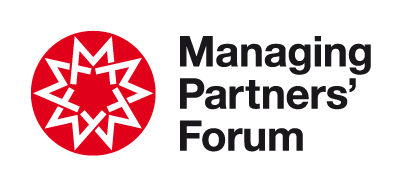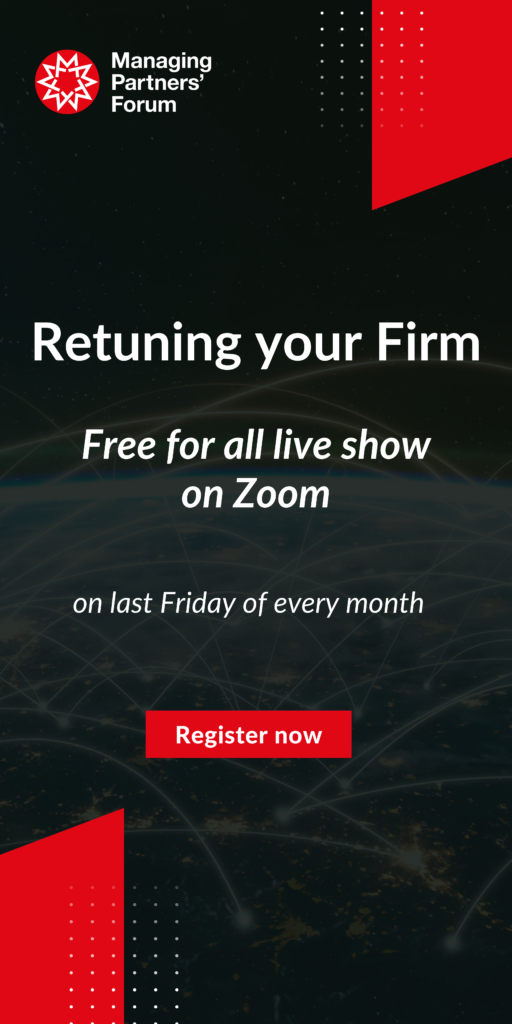In the second session in MTT’s leadership series, hosted by Squire Patton Boggs, Emma Dutton and Jake Sweet of the Applied Influence Group presented the leadership skillset they originally developed for military intelligence operations in Afghanistan that has been adapted for leaders in corporations and professional services. The methodology was derived from extreme circumstances in which leadership is not just business-critical – it is a survival mechanism. Applied Influence Group use their unique skills, experience and expertise gained in high-pressure situations to help business leaders solve their toughest influencing challenges and develop elite influence capability across their organisations.
Managing director Emma Dutton started her career as an engineer officer in the Royal Air Force, but spent most of her military career as an elite influencer leading specialist intelligence teams. In 2015, she was awarded an MBE for her services in Afghanistan. Jake Sweet is a Royal Marines Commando who transferred from front-line combat to military intelligence, where he worked for six years alongside Emma and the rest of the team in Afghanistan, before joining the Applied Influence Group.
Military intelligence – Influence Operations
In military Intelligence terms, influence operations is about gathering critical information from people. It requires a broad range of strategic and tactical skills.
Having obtained valuable intelligence, the next step was to convey it to politicians and commanders who would use it to inform critical decisions.
Dutton explained that military influencers work in a complex and highly politically charged management matrix that included:
- Political and reputational risk for the British government, so there was a lot of interaction with politicians, civil servants, lawyers and senior commanders;
- ‘Messy’ organisational design – military influencers had to deal with a complex chain of command because they were ‘answerable’ to multiple departments;
- Demanding internal ‘clients’ – military decision-makers who were risking their and other people’s lives on the back of the intelligence they received from elite influencers.
And significant operational challenges:
- A changing operational and tactical picture
- A complex stakeholder environment with multiple unclear relationships, motivations and agendas
These challenges – and the urgency of their situation – led Dutton and her team to develop the methodology that they have now adapted for businesses. While the environment is different, there are many common challenges that require similar skills.
Dutton explained that elite influence is the ability to shift perceptions, attitudes and values – individually, in groups and at an organisational level – strategically, by applying planning and skill.
Business leaders face internal and external influence challenges involving managers, teams and employees; and clients, suppliers, shareholders and regulatory bodies. Like military operations, they involve complex interrelationships and motivations.
Influencer mapping
Strategic influencing starts with stakeholder mapping as a means of understanding the environment and people you are trying to influence. This is designed to identify who has impact and influence, and this is about relationships rather than hierarchy. The idea is to map a fast path to important information by reducing the number of human engagements and to establish efficiency by identifying potential influencing agents.
The Applied Influence Group stakeholder mapping tool uses a bullseye diagram to position known influencers, placing those with the strongest impact closest to the centre. Mapping should be a team activity as this helps to uncover ‘known unknowns’ – relationships between known influencers and others that may reside outside the immediate business environment, and the potential impact of influencers at different levels of the organisation.
The next step is to add other parties that may be involved, and plot known, positive, broken, tenuous, or potential relationships between them. The third step is to work out your influence over those stakeholders, including potential influence agents – i.e. people who might be prepared to influence on your behalf.
This analysis produces strategic information, which can show that:
- All your eggs are in one basket because you have only one relationship with an organisation
- You have zero paths of influence to an important decision maker
- You only need to meet one influential stakeholder, rather than spend time meeting multiple stakeholders
- Gatekeepers can have a powerful impact on decision-makers, so don’t forget them
- Potential influencing agents and how to use them
These revelations can be used as a set of strategic guidelines; however, each situation needs a new influencer map, as the same stakeholders and relationships may have different levels of influence depending on the context.
Emotional management techniques
Sweet turned to the role of emotional intelligence in managing pressurised, unpredictable situations, condensing psychologist Daniel Goleman’s work into a basic strategic framework for emotional management:
- Self-awareness – being aware of your own emotions, and how you respond individually to certain stimulus
- Self-management – the ability to control your emotions and responses
- Social awareness – recognising other people’s reactions and emotions
- Relationship management – learning how to influence emotionally charged interactions
Sweet used a video of a car accident to illustrate how effective emotional management techniques can defuse potential confrontation:
- Planning – look at what can go right and wrong, and do something about it
- Breathing techniques/meditation – to become aware of and control your own reactions/emotions (self-awareness helps to override fear/nerves)
- Humour – as a coping mechanism and to deflect other people’s reactions, where appropriate (social awareness)
- Questioning – before a stressful event, ask yourself what you are trying to achieve. This kickstarts the cognitive brain to override your emotional reactions and helps you think clearly
- Visualisation – as your emotional load increases, your cognitive capacity declines
Finally, Sweet presented some techniques for managing other people’s heightened emotions, avoiding confrontation and gaining influence:
- Agree and thank – if someone is confrontational, surprise them by agreeing with them. Surprise is the most receptive state of mind for being influenced, so if you surprise someone, they will be more receptive to your influence!
- Explain another way – ask them to rephrase their message as this will make them think about what they are saying, which helps to override their emotion
- Questioning – get people to snap out of their reaction to a stressful situation by making them answer a question that requires some thought/explanation.
- Locate the child – a transactional analysis technique to identify and address the vulnerabilities that are often at the root of fear and negative emotions.
Whilst there are no ‘negative’ and ‘positive’ emotions, some however, are a positive influence – such as motivation or determination. Sweet explains that the techniques he has outlined are predicated on developing the appropriate emotional reactions in yourself and others in order to influence each situation as it arises.
The Applied Influence Group does not advertise its services. It runs free taster seminars to showcase its work and produces a newsletter about the role of elite influence in everyday business.

